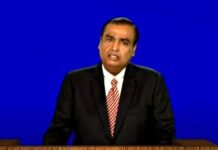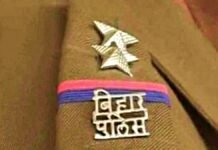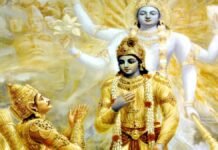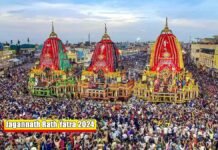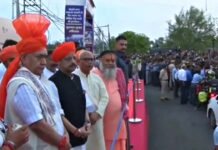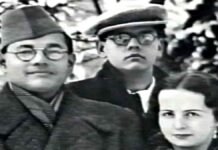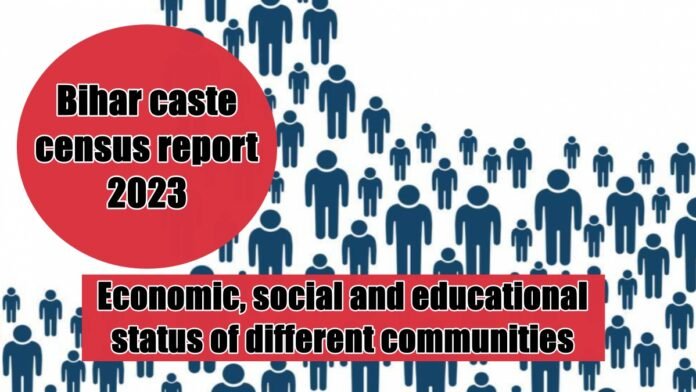
Patna: The Bihar government has made public the report of the caste census conducted in the state, which shows the economic, social and educational status of different communities based on a survey. The report, which was presented before the members of the Assembly on Tuesday, sparked a lot of uproar in the House, as it revealed the disparities and inequalities among various castes and groups.
According to the report, the Bhumihar community, which belongs to the general category, is the poorest among the upper castes, with 27.58 percent of its families living below the poverty line. The Brahmin and Rajput communities, which are also considered as upper castes, have 25.32 percent and 24.89 percent of their families in poverty, respectively. The Kayastha community, another upper caste group, has 13.83 percent of its families in poverty. The overall poverty rate among the general category is 25.9 percent.
The report also shows the poverty levels among the Muslim communities, which are classified as backward classes in Bihar. The Sheikh community, which is the largest Muslim group in the state, has 25.84 percent of its families in poverty. The Pathan (Khan) and Syed communities, which are also Muslim groups, have 22.20 percent and 17.61 percent of their families in poverty, respectively.
The report does not provide the poverty data for the other backward classes (OBCs), the extremely backward classes (EBCs), the scheduled castes (SCs) and the scheduled tribes (STs), which constitute the majority of the population in Bihar. However, it gives the population figures for these groups, as well as the upper castes and the Muslims.
The following table summarizes the population and poverty data for the different communities in Bihar, as per the caste census report:
| Community | Category | Population (%) | Poverty (%) |
|---|---|---|---|
| Bhumihar | General | 2.86 | 27.58 |
| Brahmin | General | 3.65 | 25.32 |
| Rajput | General | 3.45 | 24.89 |
| Kayastha | General | 0.60 | 13.83 |
| Sheikh | Muslim | 6.10 | 25.84 |
| Pathan | Muslim | 0.80 | 22.20 |
| Syed | Muslim | 0.50 | 17.61 |
| Yadav | OBC | 14.40 | NA |
| Kushwaha | OBC | 6.00 | NA |
| Kurmi | OBC | 3.20 | NA |
| Vaishya | OBC | 1.50 | NA |
| EBC | EBC | 30.00 | NA |
| SC | SC | 16.00 | NA |
| ST | ST | 1.30 | NA |
The caste census report has also triggered a political debate over the representation of the different communities in the state and the central governments. The report shows that the upper castes, which have a combined population of 10.56 percent, have 14 MPs out of the 40 Lok Sabha seats from Bihar. The Rajput community alone has seven MPs, followed by the Bhumihar community with three MPs, the Brahmin community with two MPs, and the Kayastha community with one MP.
The OBCs, which have a combined population of 25.10 percent, have 12 MPs out of the 40 Lok Sabha seats from Bihar. The Yadav community, which is the largest OBC group, has five MPs, followed by the Kushwaha and Vaishya communities with three MPs each, and the Kurmi community with one MP.
The EBCs, which have a population of 30 percent, have seven MPs out of the 40 Lok Sabha seats from Bihar. The SCs, which have a population of 16 percent, have six MPs out of the 40 Lok Sabha seats from Bihar. The STs, which have a population of 1.30 percent, have no MPs from Bihar.
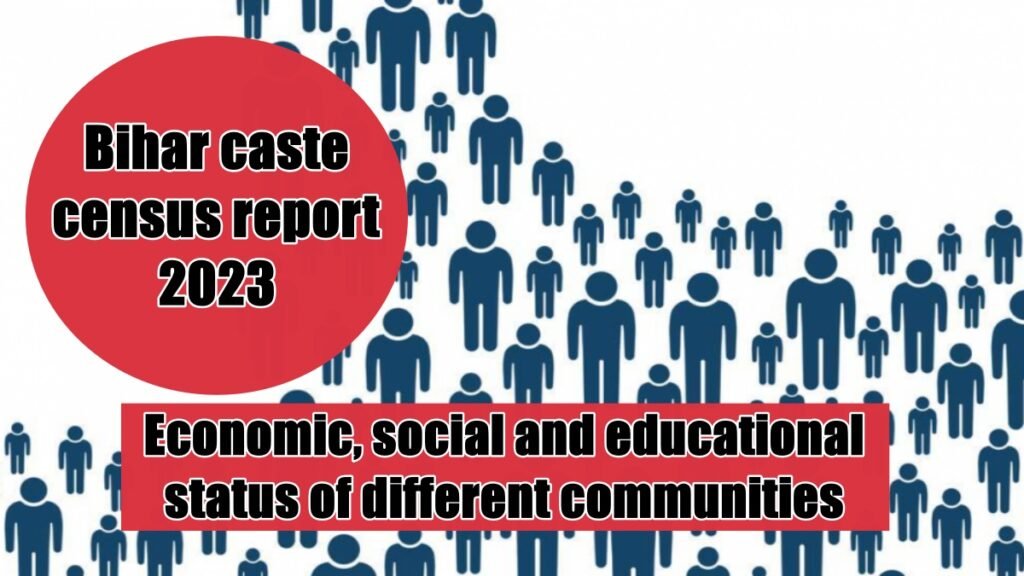
The Muslims, which have a population of 16.90 percent, have two MPs out of the 40 Lok Sabha seats from Bihar. Both the MPs belong to the Sheikh community.
The caste census report has raised questions over the fair and equitable distribution of power and resources among the different communities in Bihar, and has also exposed the socio-economic realities of the state. The report has also generated a demand for the implementation of the caste census at the national level, to reflect the diversity and plurality of the country.











